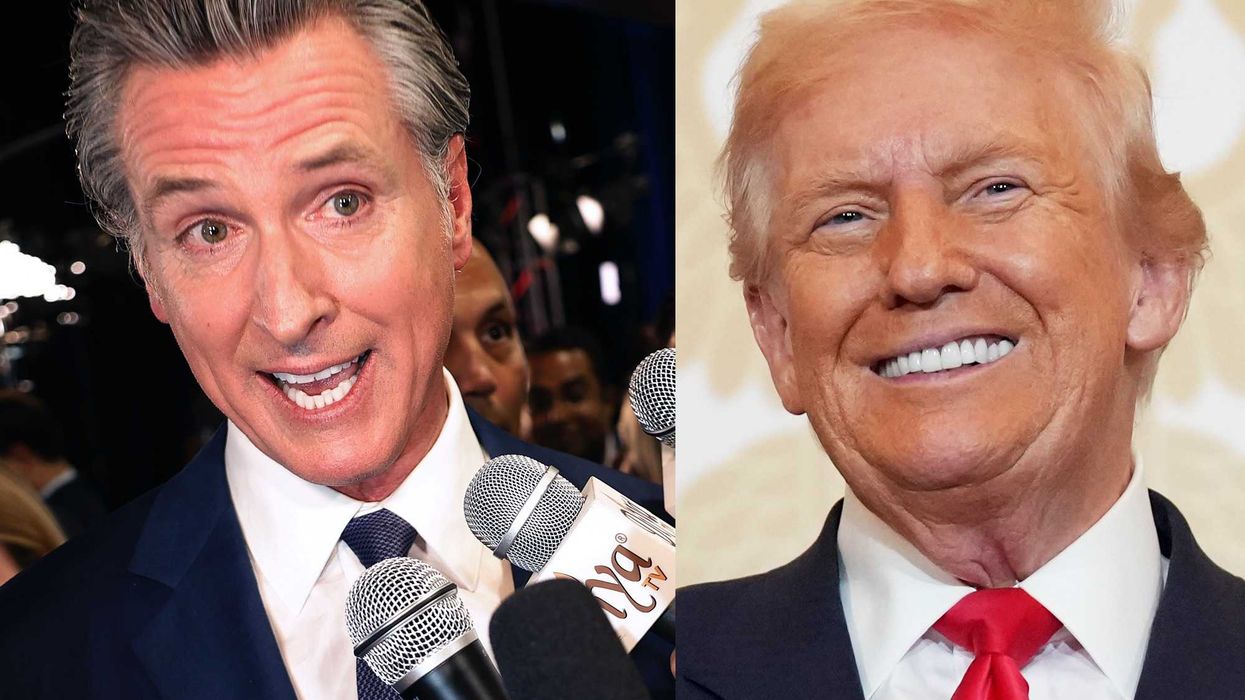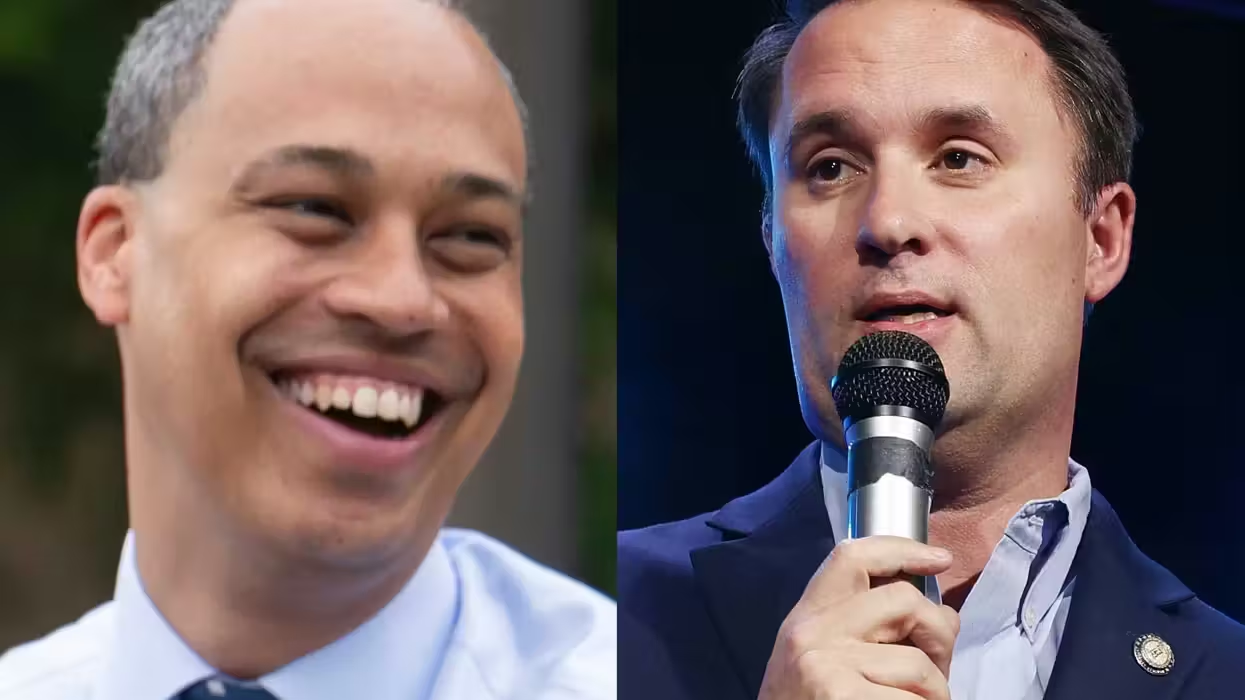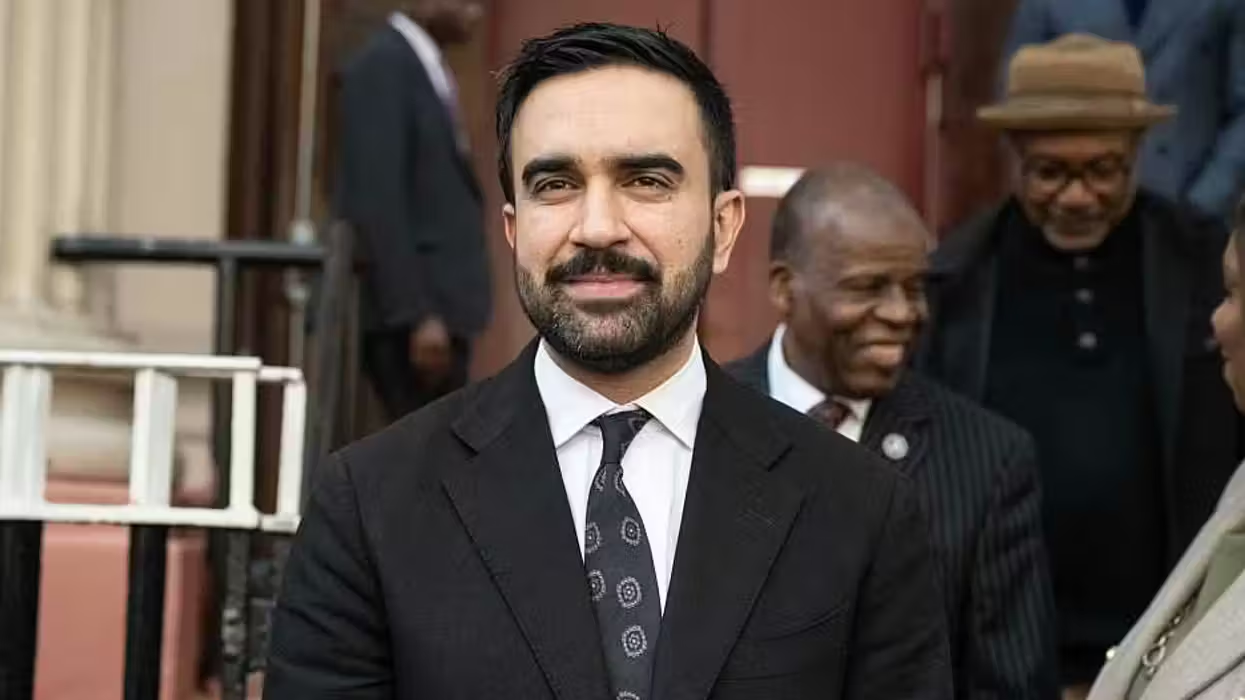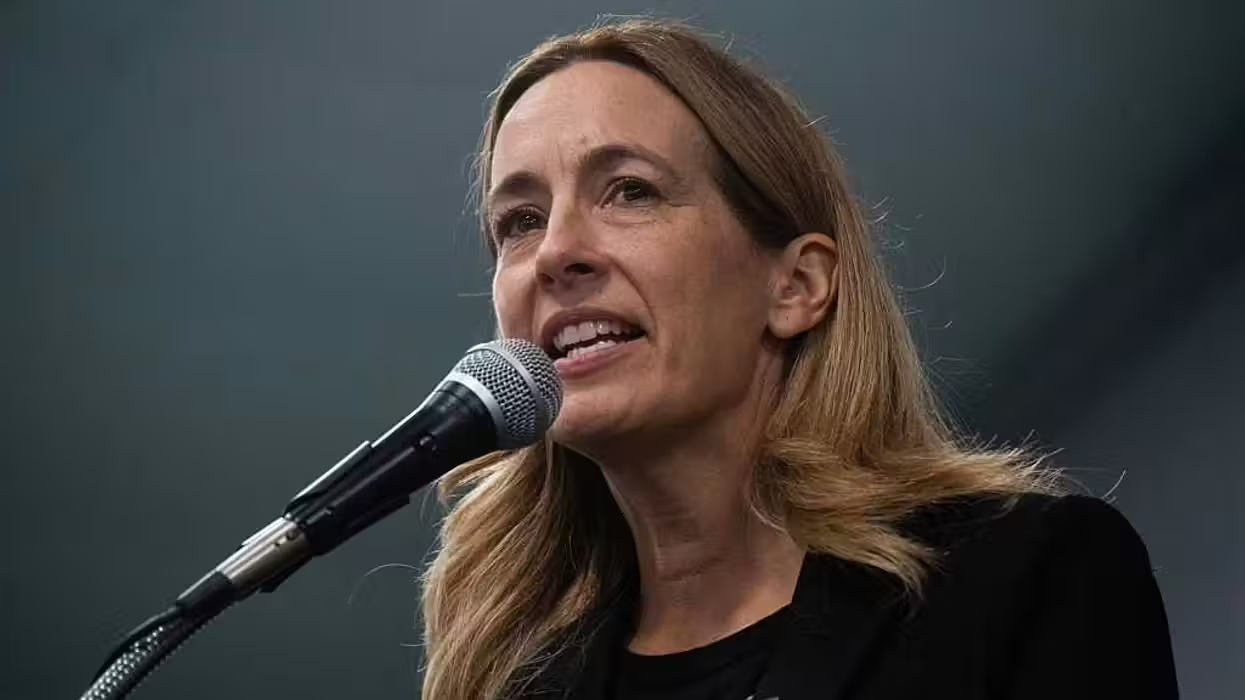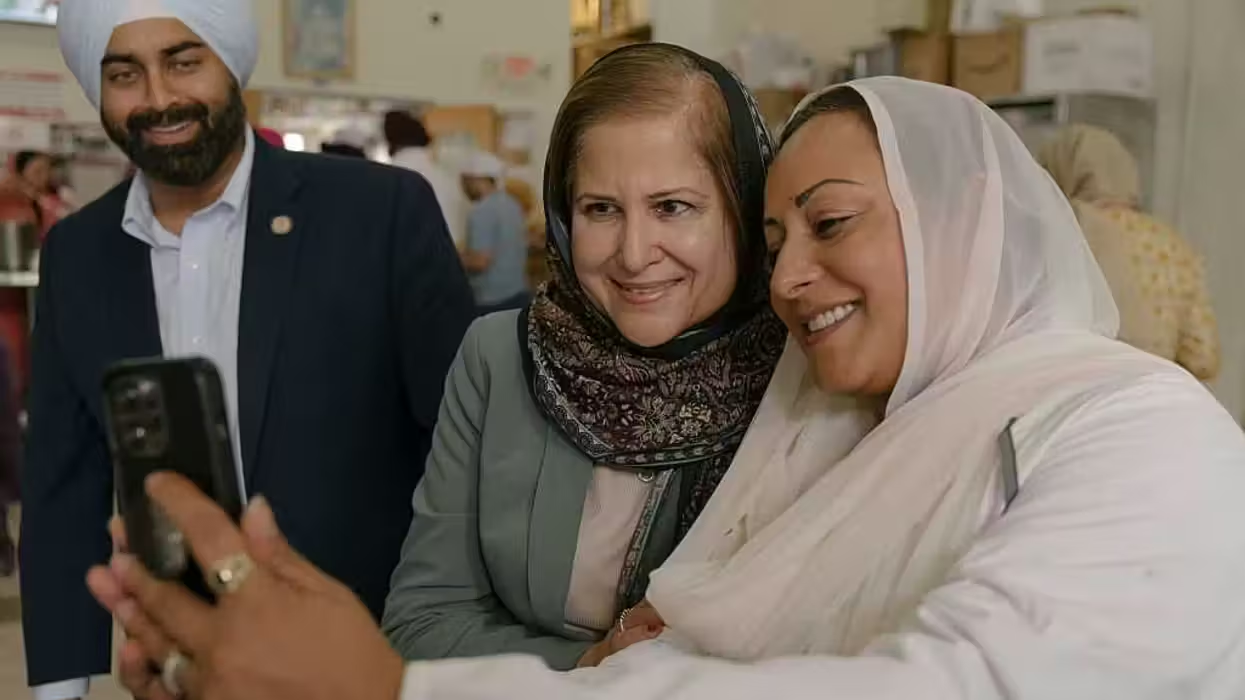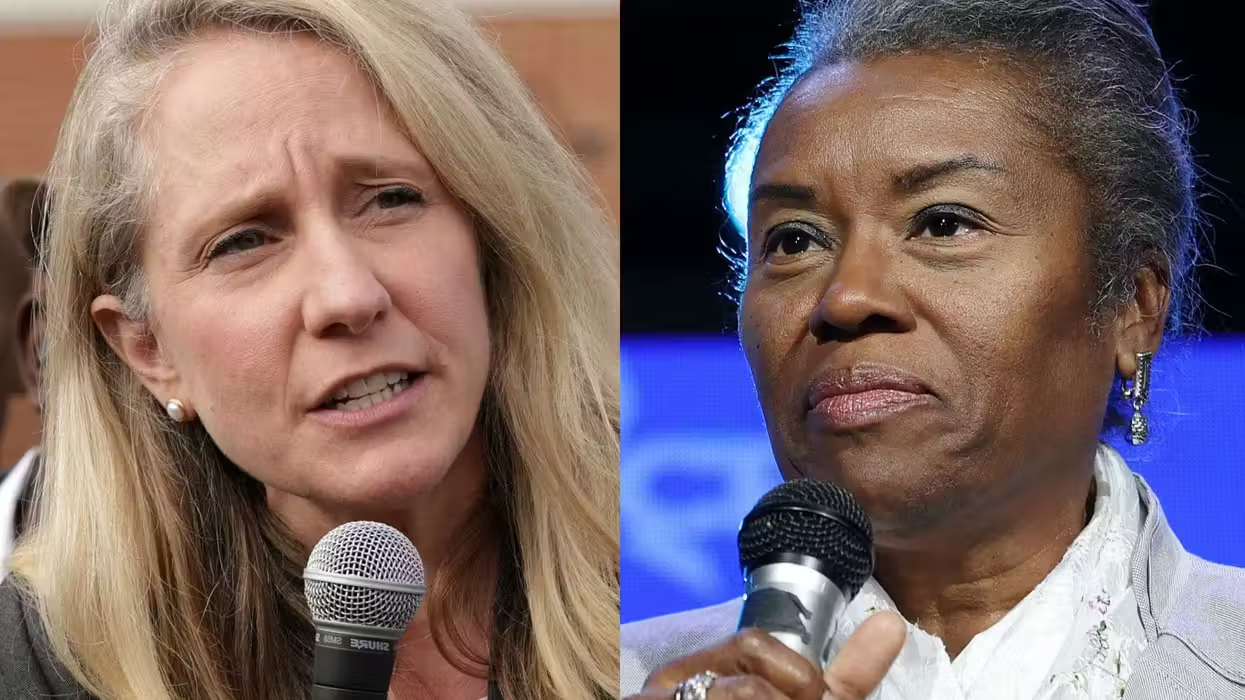
© 2025 Blaze Media LLC. All rights reserved.
From TheBlaze Magazine: What's the Real Truth About the JFK Assassination?
November 07, 2013
A few months ago, Brad Meltzer, bestselling author and friend of TheBlaze, contacted me regarding a new book he was writing about conspiracies throughout history. Working with Brad and the publisher (Workman Publishing), TheBlaze Magazine was able to get an exclusive excerpt from "History Decoded: The 10 Greatest Conspiracies of All Time" for the November issue of TheBlaze magazine. Since then, you've likely heard Brad's radio interviews with Glenn Beck about the book.
In Brad's piece for the magazine, we explore what really happened Nov. 22, 1963, and why, in the 50 years since the murder of President Kennedy, no other event in our history has spawned so many and such keep conspiracies.
Here are a few snippets from the "History Decoded" excerpt that you can find ONLY in the November issue of TheBlaze magazine.
If you sign up today, you'll get the digital version of this issue absolutely free.

Throughout the course of history, there have been more than two-dozen assassination attempts on the president of the United States. Four have been successful: Abraham Lincoln, James Garfield, William McKinley, and John F. Kennedy.
But only Kennedy’s death took place in the age of modern communications as millions watched the events on nationwide TV. The networks almost immediately turned their attention to Dallas, coming on the air with live reports while there was still hope that the young president himself still lived.
Think about just that. Days after Lincoln was murdered, there was still a substantial portion of the population who thought that Lincoln was still alive. In the case of JFK, the whole world knew the moment the doctors pronounced him dead.
This was at the height of the Cold War. Suspicion turned toward the Soviet Union—or its puppet state Cuba. The military was put on alert. For all we knew, the United States was about to be attacked. Nuclear war seemed imminent.
****Click here to subscribe and get a FREE issue today****
Within 80 minutes of the assassination, an arrest had been made: Lee Harvey Oswald, a young 24-year-old high school dropout who worked at the book depository.
[...]
On the morning of the shooting, Oswald was seen carrying a long, wrapped package, which he claimed contained “curtain rods.” After the shooting, on the sixth floor of the book depository, three bullet casings were found on the ground, as well as a Mannlicher-Carcano rifle.
Less than two minutes after the shooting, police officer Marrion Baker ran into the depository and, with the building superintendent, ran upstairs. On the second-story landing, Baker ordered a man who was 20 feet away to stop and walk toward him. It was Lee Harvey Oswald. But when building superintendent Roy Truly identified him as a fellow employee, Oswald was allowed to leave.
 No question, Oswald matched the description of a “slender man, five foot ten” who aimed a rifle at the president from an upper window of the depository. That description was quickly transmitted to Dallas police, which is why 45 minutes after the shooting, police officer J. D. Tippit had words with a man matching that description. The man fired three shots across the hood of Tippit’s police car, then came around back and fired a fourth shot into Tippit’s head, killing him instantly.
No question, Oswald matched the description of a “slender man, five foot ten” who aimed a rifle at the president from an upper window of the depository. That description was quickly transmitted to Dallas police, which is why 45 minutes after the shooting, police officer J. D. Tippit had words with a man matching that description. The man fired three shots across the hood of Tippit’s police car, then came around back and fired a fourth shot into Tippit’s head, killing him instantly.
****Click here to subscribe and get a FREE issue today****
Within an hour and 20 minutes after the assassination, and less than 30 minutes after Officer Tippit was killed, Oswald was seen at the Hardy Shoe Store, where store manager Johnny C. Brewer noticed him acting suspicious and nervous. Brewer followed him to a local Dallas movie theater. … As Dallas police entered the theater, Lee Harvey Oswald pulled his revolver. But police prevented him from firing, taking Oswald into custody on suspicion of the murder of a police officer … and, many quickly assumed, the death of President John F. Kennedy.
[...]
By 3 p.m., the police were at Oswald’s house. They asked Oswald’s wife … if her husband owned a gun. She said yes. But when she went to show the officers where it was, it was gone.
In addition, Oswald left his money—$170—on the dresser in the room where his wife was staying, along with his wedding ring. For some reason, on that day, he didn’t want either of those on him. …
… But as the details of Oswald’s life were revealed, this didn’t smell like another lone wolf.
First, he was a Marine sharpshooter. Second, back in 1959, after leaving the Marines, he moved to the Soviet Union and tried to renounce his U.S. citizenship. When the Soviets denied him, he attempted suicide. But he didn’t return to the United States until 1961, which means he spent two years in the Soviet Union. … How could you not ask the question: Was he part of the KGB? A scripted assassin? Or even a CIA double agent?

And of course, there was the photo. In the court of public opinion, this famous Life cover article sealed Oswald’s fate. He’s not only holding a rifle and wearing a pistol, he’s holding two Marxist newspapers—proof he could be working for someone else (which proves a conspiracy). Others said the picture was doctored (and c’mon … that proves a conspiracy even more). In fact, in Oliver Stone’s “JFK,” a government agent is shown doctoring the photograph, and New Orleans District Attorney Jim Garrison is heard to say that the shadow on the face doesn’t match the shadow on the body.
Yet more conspiracy, right? Except for the fact that government experts said that duplicating photographs causes barely perceptible changes that account for such differences—and concluded that no forgery was involved. Plus, when the full-frame photo was examined by the House Select Committee on Assassinations, it was determined to have been taken with Oswald’s Imperial Reflex camera, to the exclusion of all other cameras. But c’mon—this is JFK— why trust the government?
****Click here to subscribe and get a FREE issue today****
How about the fact that Oswald sent a copy of the photo to his friend George de Mohrenschildt and wrote a message on it?
But handwriting can be faked, too, right? Then maybe it’s worth listening to Oswald’s wife, Marina, who repeatedly testified that she took the photographs at his request. But wait … she hated him, didn’t she?
You starting to see the pattern? No matter how much proof you bring, there’s always another argument to make. And in many ways—whether you see Oswald as master assassin or complete patsy—his biggest problem will always be this: He was murdered, too. …
… Now you’ve got a situation that seems almost designed to create an atmosphere of distrust, paranoia, and suspicion.
[...]
Today, no matter the evidence—no matter how many details point the finger at Oswald—the Kennedy assassination remains the one mystery that forever seems unsolvable. Why? …

… We just don’t want to believe that Oswald did it all by himself. We don’t want to believe that the entire government can be jackknifed by a high school dropout. And even when we do, especially with our distrust for the government, all it takes is one piece of evidence to put us back on our skeptical paths.
For me, the most telling part of who killed JFK is simply this: Our history reveals our own biases. ...
Decade after decade, the enemy we search for is always a reflection of our deepest fears—a perfect reflection of …
[...]
*****************
You can read our full exclusive excerpt from Brad Meltzer's "History Decoded: The 10 Greatest Conspiracies of All Time" only in the pages of the November issue of TheBlaze magazine—which you can get for FREE.
Click here to get a FREE digital version today!
Visit Brad Meltzer's website to find out more about his many books and what he's working on now.
Want to leave a tip?
We answer to you. Help keep our content free of advertisers and big tech censorship by leaving a tip today.
Want to join the conversation?
Already a subscriber?
more stories
Sign up for the Blaze newsletter
By signing up, you agree to our Privacy Policy and Terms of Use, and agree to receive content that may sometimes include advertisements. You may opt out at any time.
Related Content
© 2025 Blaze Media LLC. All rights reserved.
Get the stories that matter most delivered directly to your inbox.
By signing up, you agree to our Privacy Policy and Terms of Use, and agree to receive content that may sometimes include advertisements. You may opt out at any time.
